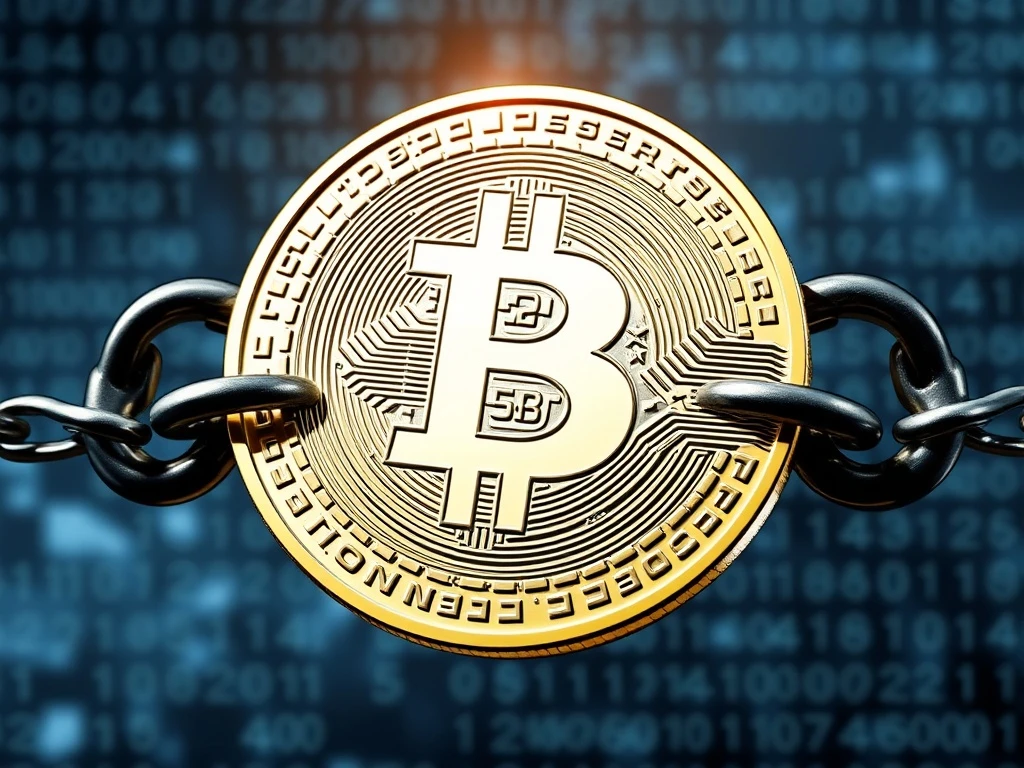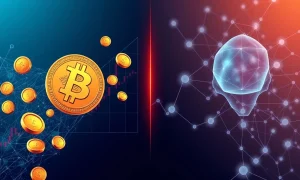Bitcoin’s 21 million hard cap represents the fundamental bedrock of cryptocurrency scarcity. This absolute supply limit distinguishes Bitcoin from traditional fiat currencies and establishes its value proposition as digital gold. Understanding whether this Bitcoin hard cap can be altered requires examining technical, economic, and community consensus factors.
Understanding Bitcoin’s Hard Cap Foundation
The Bitcoin hard cap of 21 million coins constitutes the core monetary policy embedded in Bitcoin’s protocol. Satoshi Nakamoto designed this fixed supply to create digital scarcity, mirroring precious metals like gold but with mathematical precision. This Bitcoin hard cap ensures:
- Absolute scarcity that cannot be inflated by any central authority
- Predictable issuance through halving events every four years
- Store of value properties that differentiate Bitcoin from other cryptocurrencies
Technical Implementation of Bitcoin’s Hard Cap
The Bitcoin hard cap operates through consensus rules enforced by network participants. Miners validate transactions according to these rules, while node operators verify compliance. Changing the Bitcoin hard cap would require:
- Consensus among Bitcoin Core developers
- Approval from mining operations representing majority hash rate
- Network-wide adoption by node operators
- Community acceptance through social consensus
Historical Precedents for Bitcoin Protocol Changes
Previous attempts to modify Bitcoin’s fundamental parameters demonstrate the difficulty of altering core features. The 2017 block size debate resulted in a hard fork creating Bitcoin Cash, but the original chain maintained dominance. This historical context shows that changes to Bitcoin’s hard cap would likely face similar resistance and potentially create a competing chain rather than modify the existing Bitcoin network.
Economic Implications of Altering Bitcoin’s Hard Cap
Modifying the Bitcoin hard cap would fundamentally undermine its economic model. The fixed supply creates scarcity that drives value appreciation potential. Increasing supply would:
- Destroy trust in Bitcoin’s monetary policy
- Trigger massive market sell-offs and price depreciation
- Undermine its store of value narrative
- Damage institutional adoption prospects
Community Consensus and Bitcoin’s Immutable Principles
The Bitcoin community fiercely protects the 21 million hard cap as an inviolable principle. Developers, miners, node operators, and holders all maintain vested interests in preserving Bitcoin’s scarcity. This distributed consensus makes changing the Bitcoin hard cap practically impossible without fracturing the network and creating competing assets.
Frequently Asked Questions
Could Bitcoin’s hard cap be technically changed?
Technically, the code could be modified, but practically, it would require near-unanimous consensus from developers, miners, and node operators, making implementation extremely unlikely.
What would happen if Bitcoin’s supply limit increased?
Increasing Bitcoin’s supply would destroy trust, trigger massive price declines, and likely cause a network split, creating competing Bitcoin versions.
Why did Satoshi Nakamoto choose 21 million coins?
Satoshi designed the 21 million limit to create digital scarcity through controlled issuance and halving events, ensuring predictable monetary policy.
How does Bitcoin’s hard cap compare to other cryptocurrencies?
Bitcoin remains unique with its absolute hard cap, while most other cryptocurrencies employ inflationary models or have less rigid supply limits.
What ensures miners continue operating after all Bitcoin is mined?
Transaction fees will replace block rewards as the primary miner incentive, ensuring network security continues after all Bitcoin enters circulation.
Could institutional investors force a change to Bitcoin’s hard cap?
While institutions influence markets, they cannot unilaterally change Bitcoin’s protocol, which requires distributed consensus among network participants.






















